200 amps from service post to breaker box
looneytoons
15 years ago
Related Stories
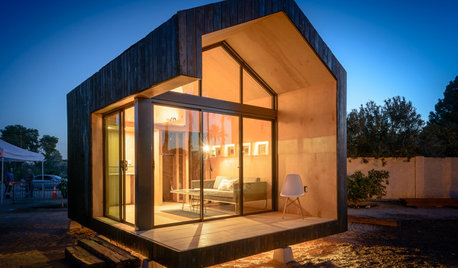
SMALL SPACESDesign Lessons From Tiny Homes
Microspaces in a Phoenix exhibition abound in innovative ideas we can all use
Full Story
LIFEMake Money From Your Home While You're Away
New services are making occasionally renting your home easier than ever. Here's what you need to know
Full Story
DECORATING GUIDESWorking With Pros: When to Choose Full Design Services
Whether you want a single room or a whole house done, the maximum service level means the least work for you
Full Story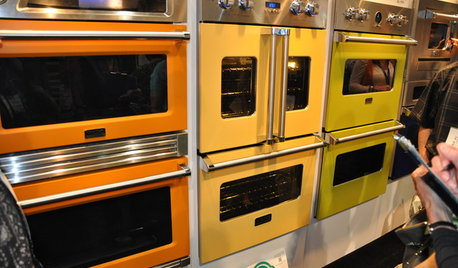
KITCHEN DESIGNStandouts From the 2014 Kitchen & Bath Industry Show
Check out the latest and greatest in sinks, ovens, countertop materials and more
Full Story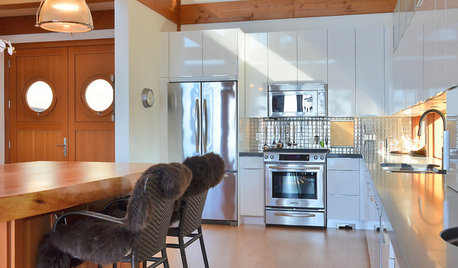
REMODELING GUIDES6 Must-Know Lessons From a Serial Renovator
Get your remodel right the first time, with this insight from an architect who's been there too many times to count
Full Story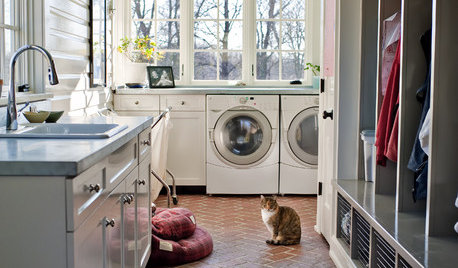
LAUNDRY ROOMSGet More From a Multipurpose Laundry Room
Laundry plus bill paying? Sign us up. Plus a potting area? We dig it. See how multiuse laundry rooms work harder and smarter for you
Full Story
ORGANIZINGDecluttering Ideas From Around the World
Home organizers share their tips on how to think and live more clearly
Full Story
KITCHEN DESIGN16 Practical Ideas to Borrow From Professional Kitchens
Restaurant kitchens are designed to function efficiently and safely. Why not adopt some of their tricks in your own home?
Full Story
MOST POPULAR15 Remodeling ‘Uh-Oh’ Moments to Learn From
The road to successful design is paved with disaster stories. What’s yours?
Full Story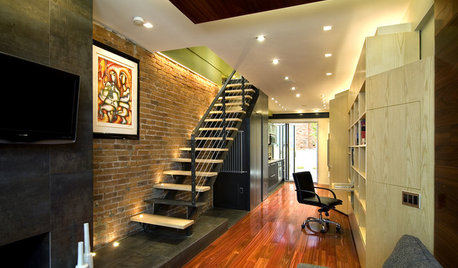
HOUZZ TOURSDesign Lessons From a 10-Foot-Wide Row House
How to make a very narrow home open, bright and comfortable? Go vertical, focus on storage, work your materials and embrace modern design
Full StoryMore Discussions









bigbird_1
looneytoonsOriginal Author
Related Professionals
Goodlettsville General Contractors · Bon Air General Contractors · Del Aire General Contractors · Forest Grove General Contractors · Nashua General Contractors · North Smithfield General Contractors · Champlin Solar Energy Systems · Cocoa Beach Solar Energy Systems · Elizabeth Solar Energy Systems · Tarpon Springs Solar Energy Systems · Verona Solar Energy Systems · Los Alamitos Home Automation & Home Media · Newport Beach Home Automation & Home Media · San Bruno Home Automation & Home Media · West Elkridge Home Automation & Home Mediabigbird_1
Ron Natalie
terribletom
terribletom
looneytoonsOriginal Author
shadetree_bob
normel
terribletom
leevin
bigbird_1
terribletom
leevin
bigbird_1